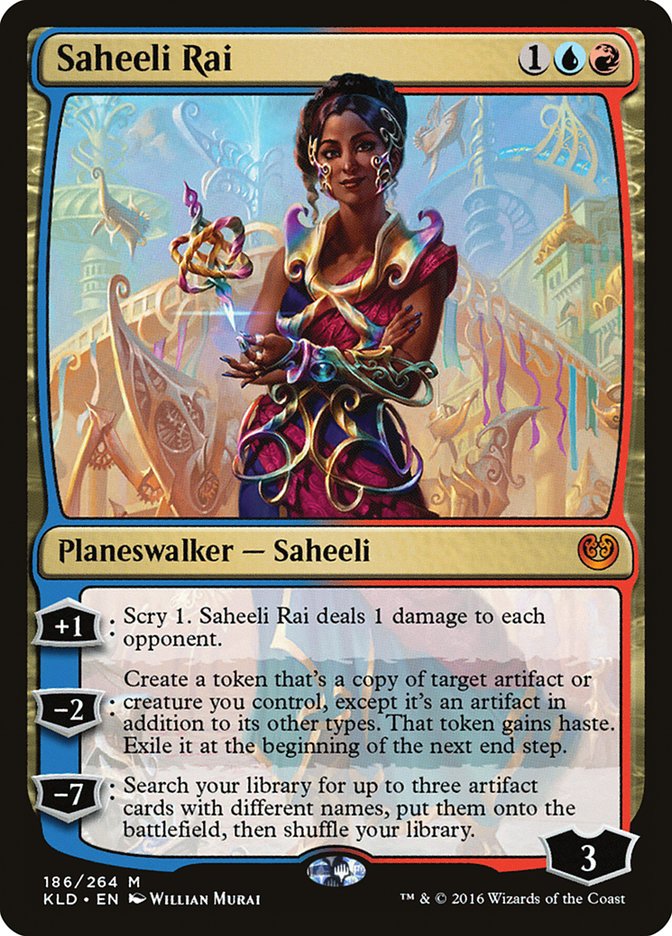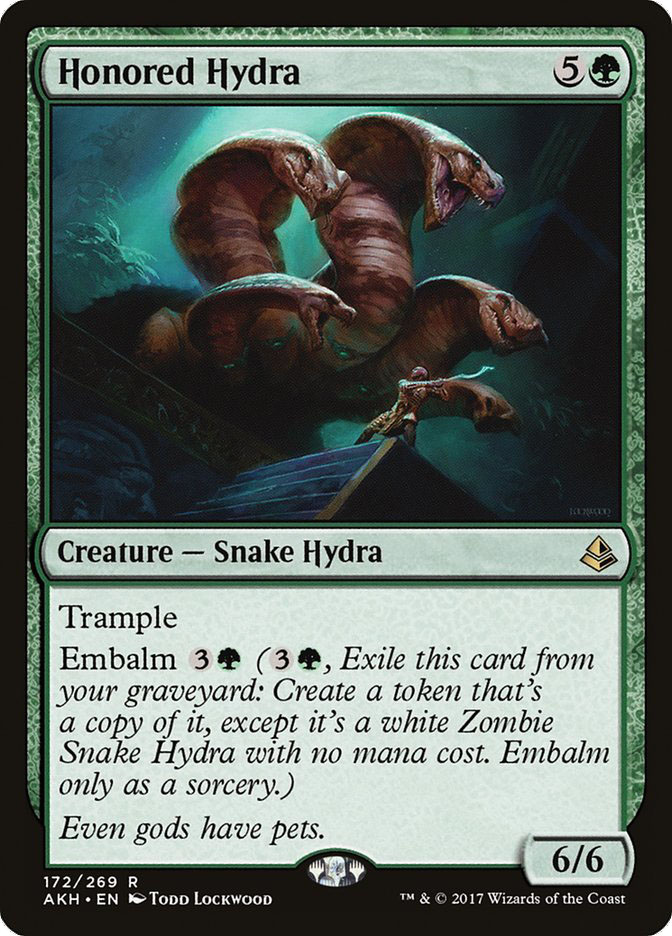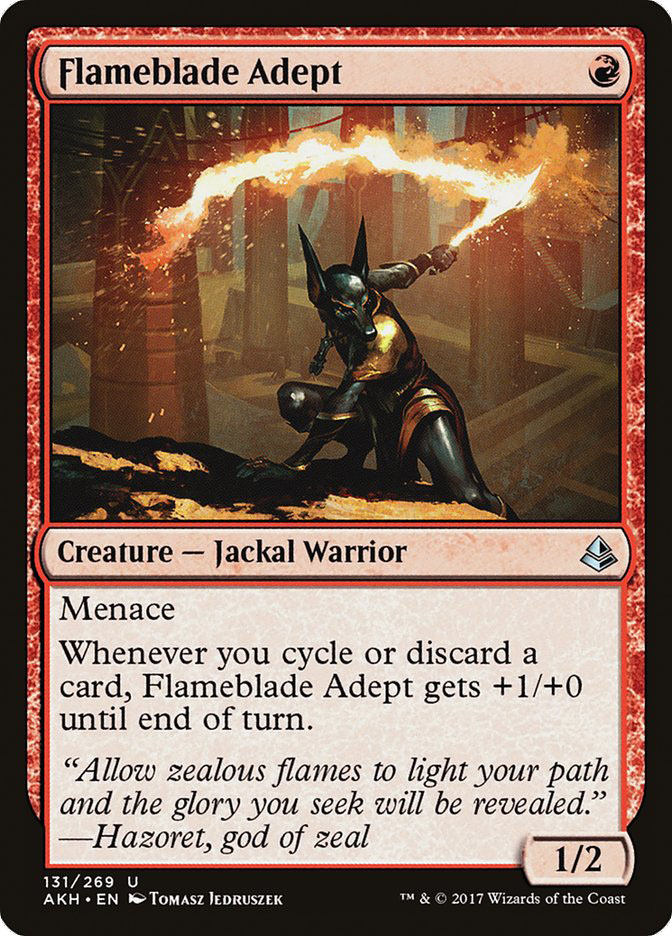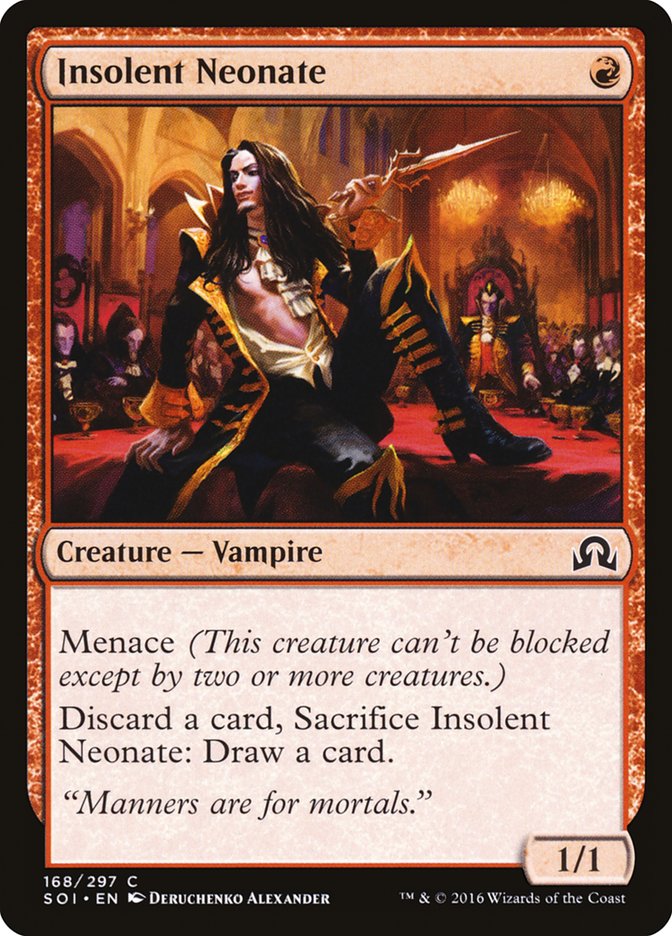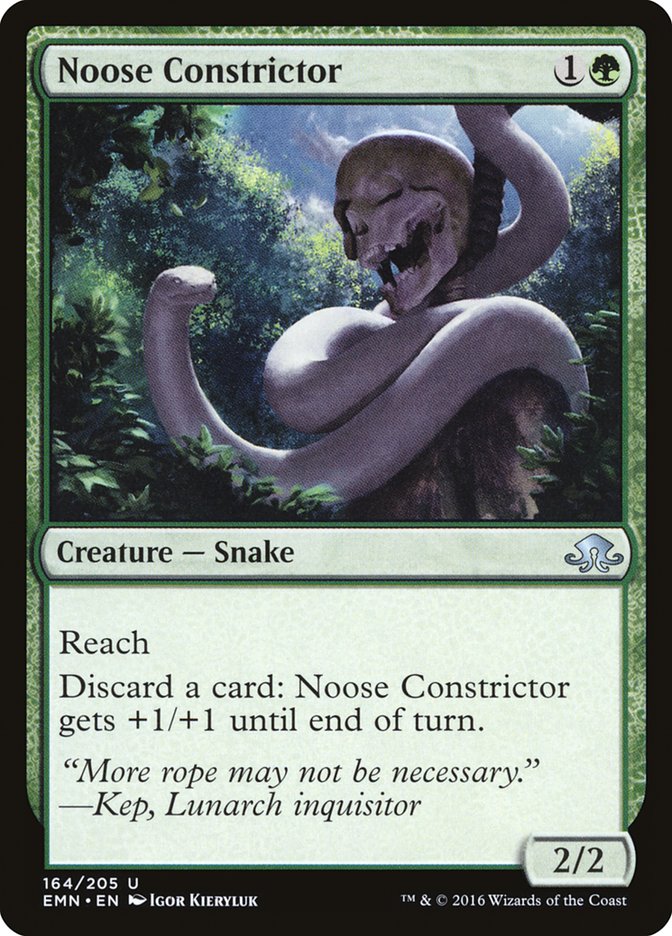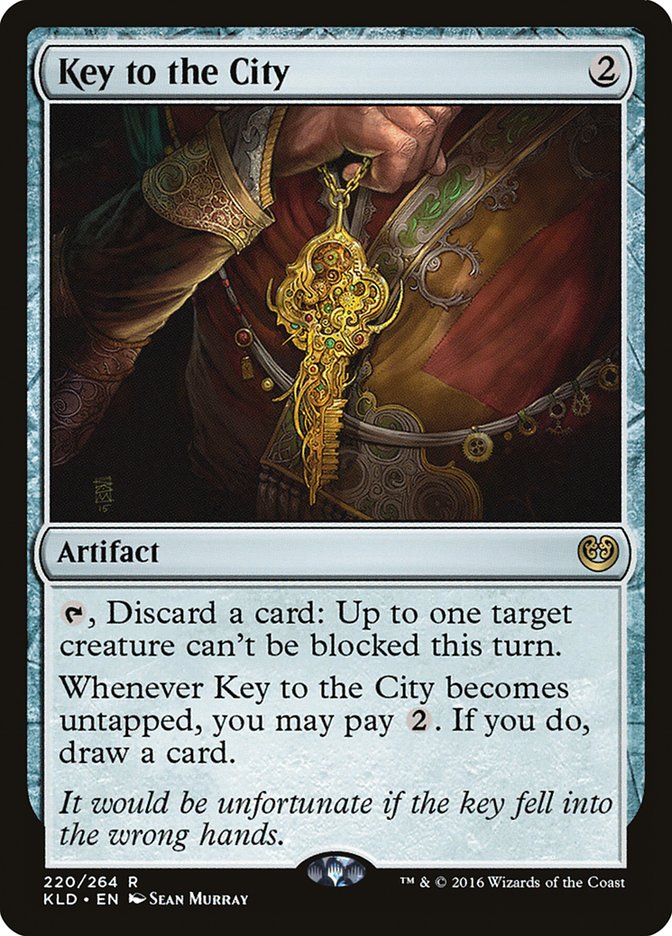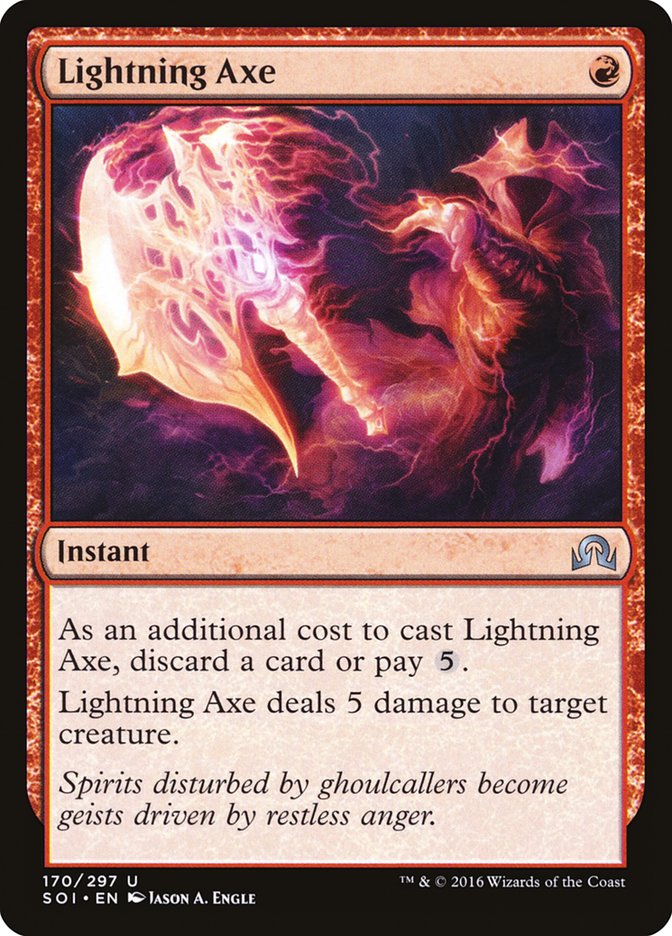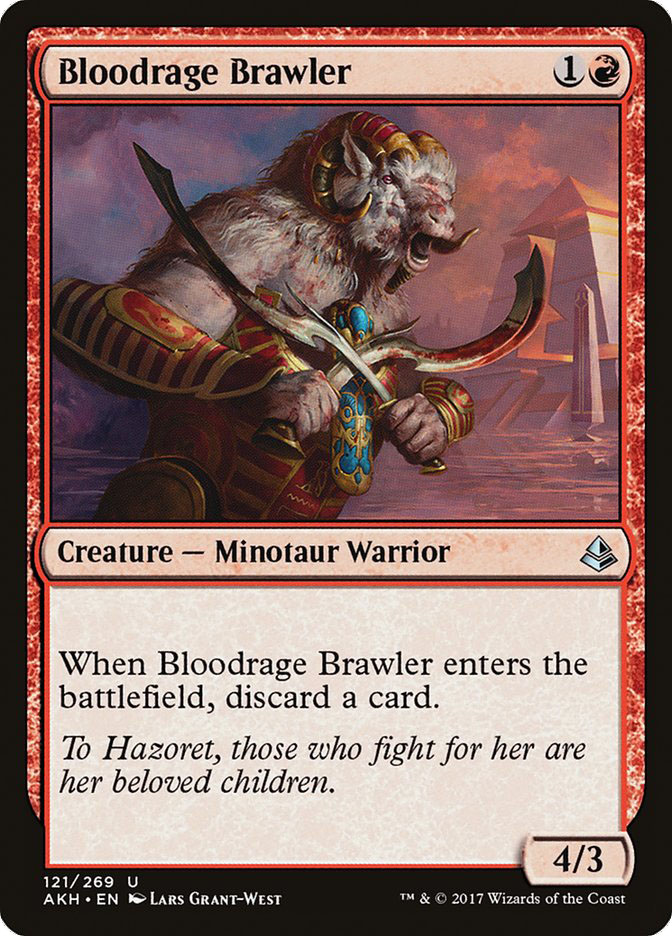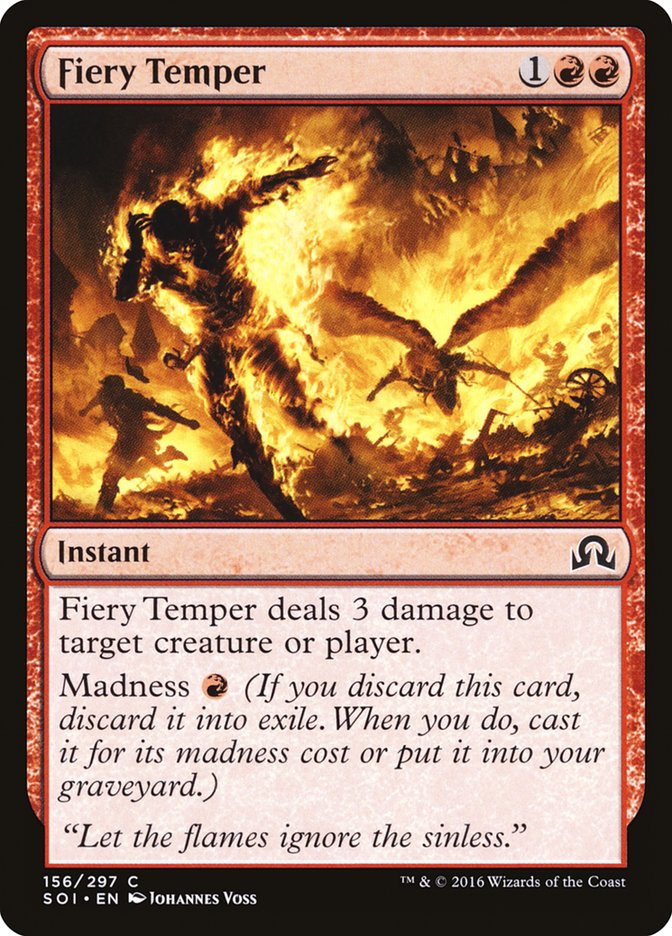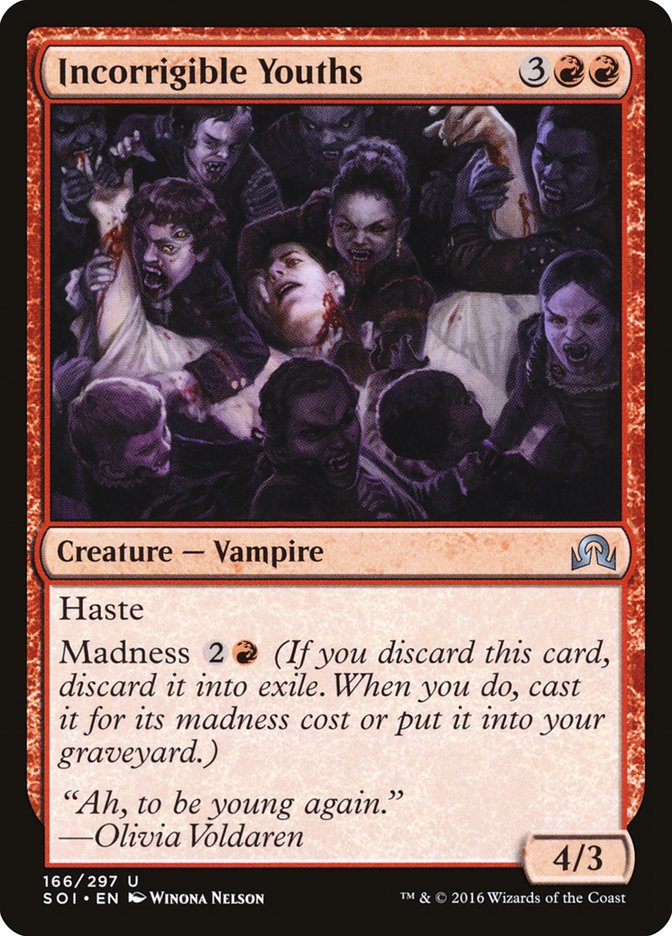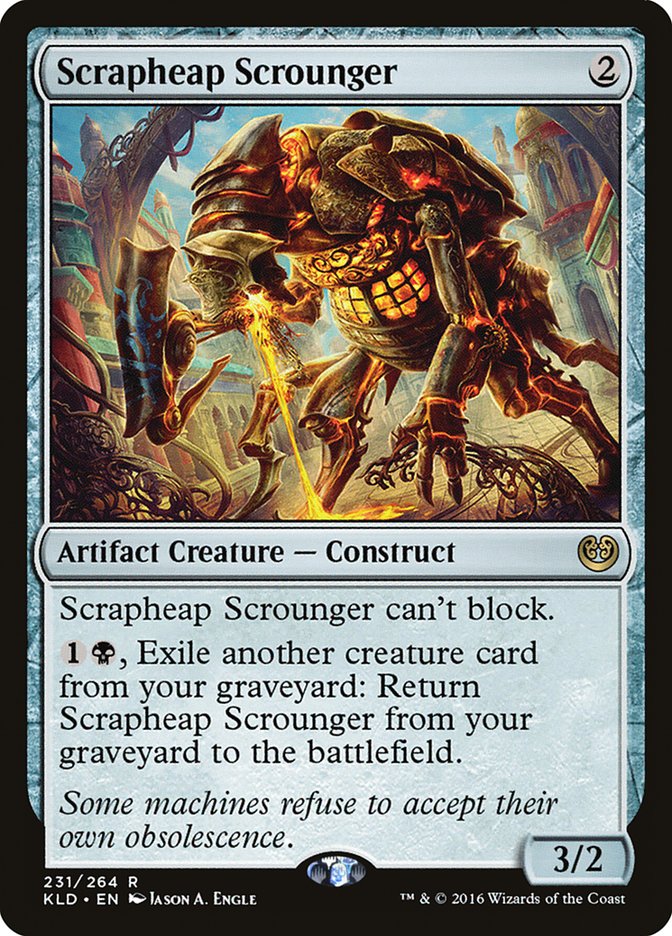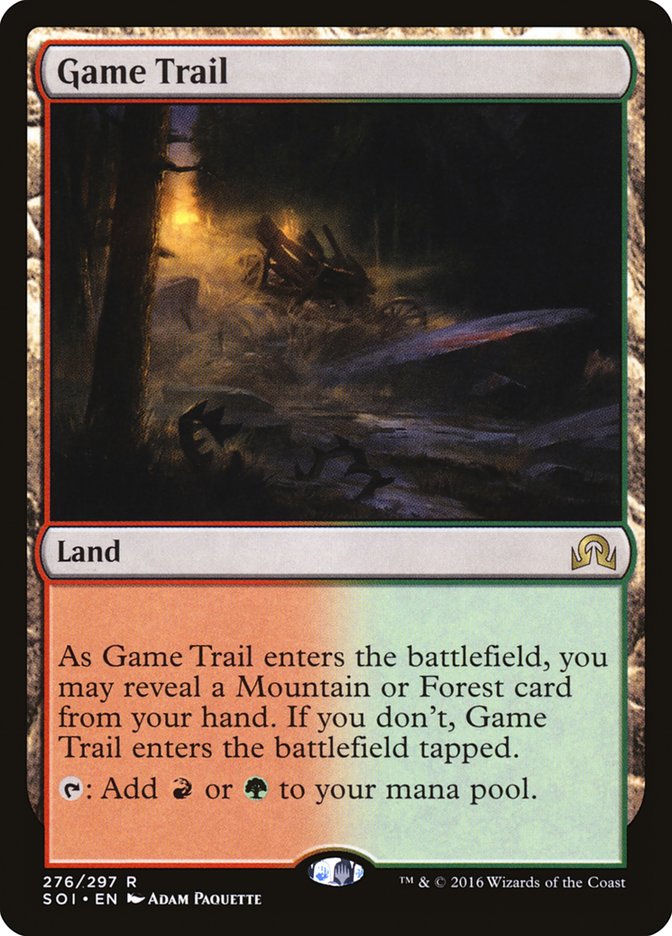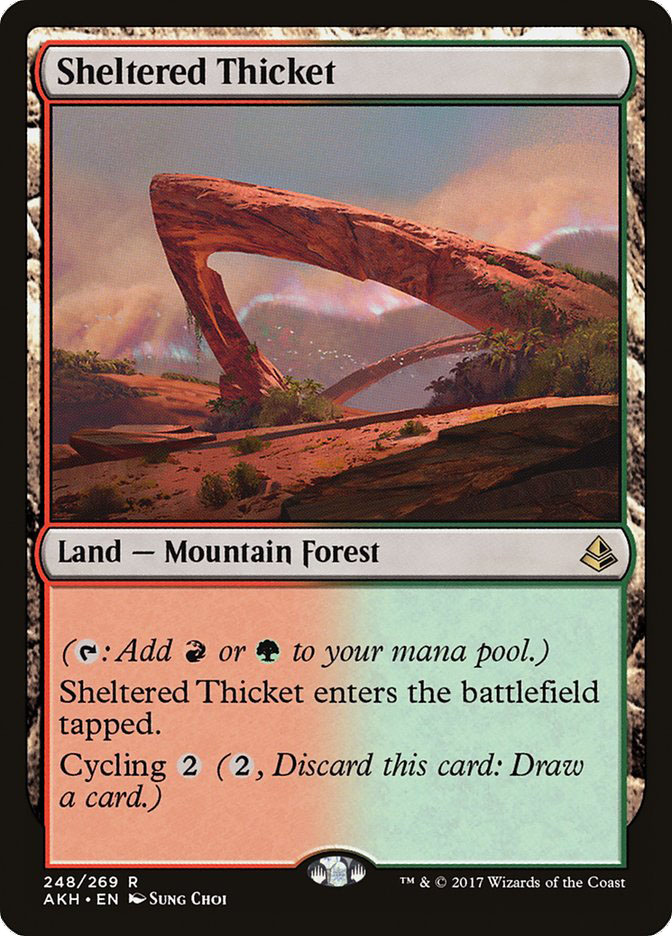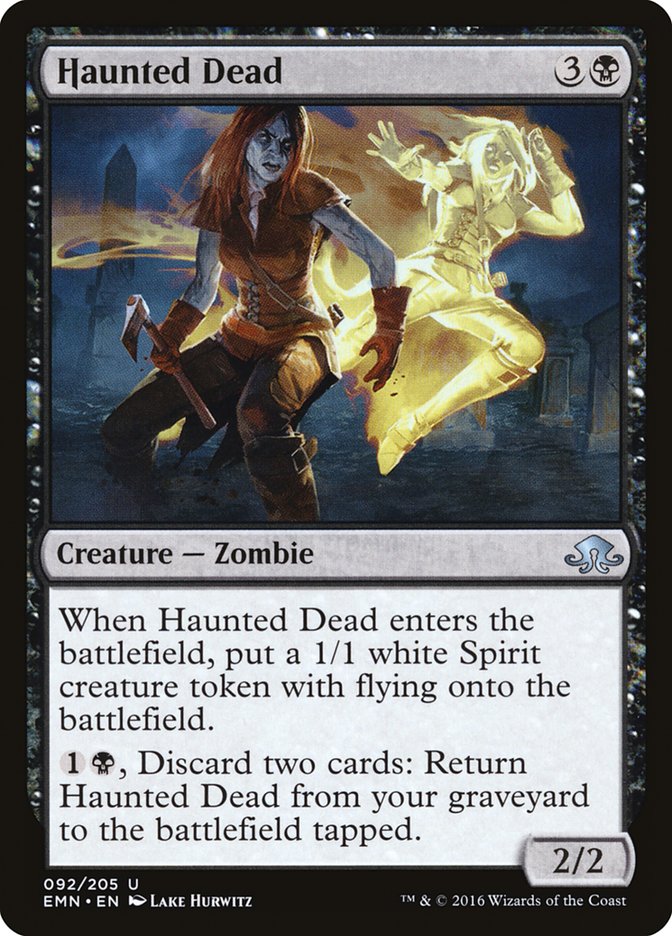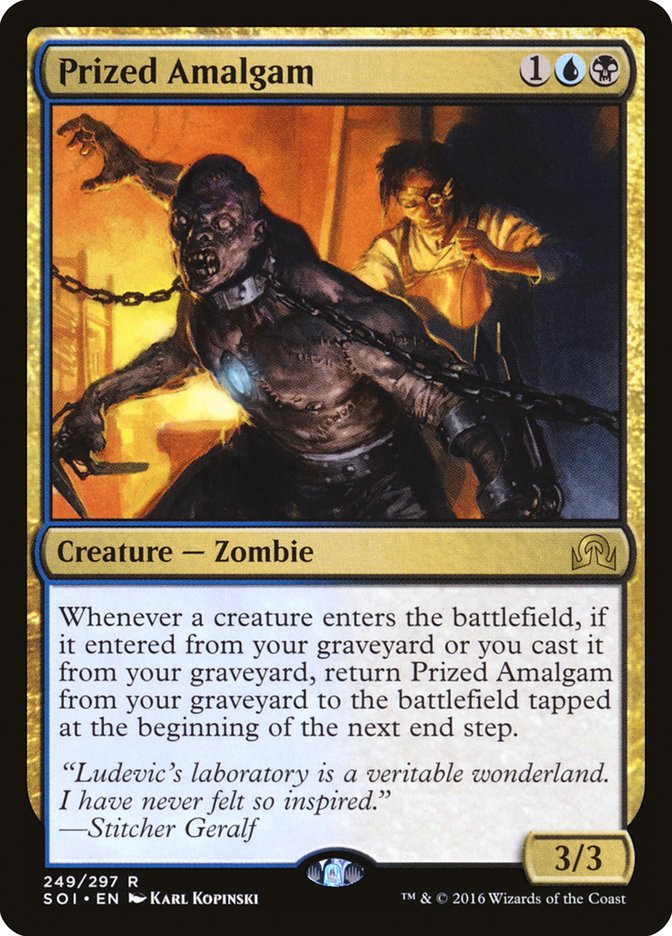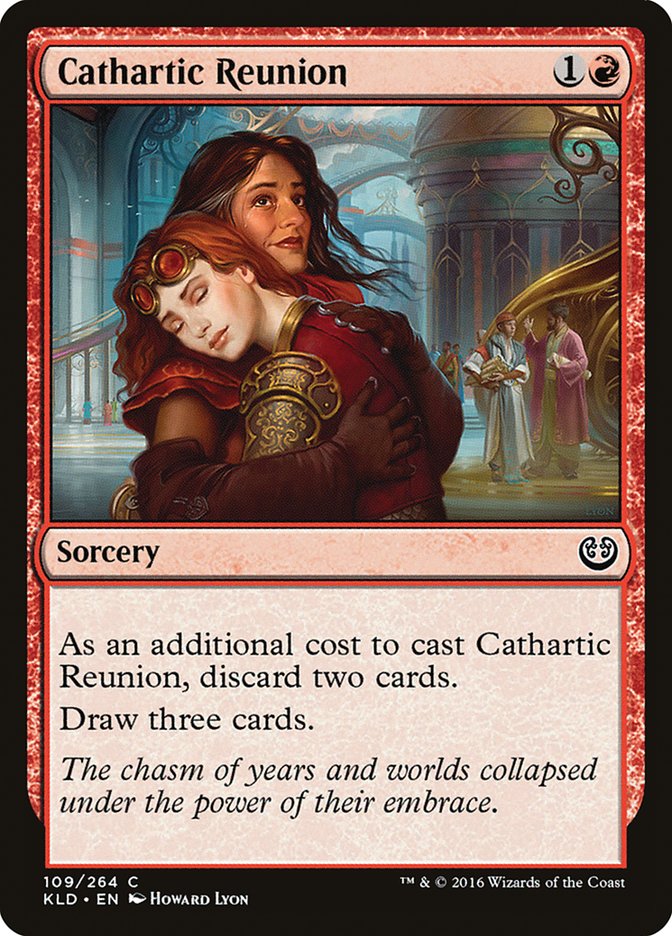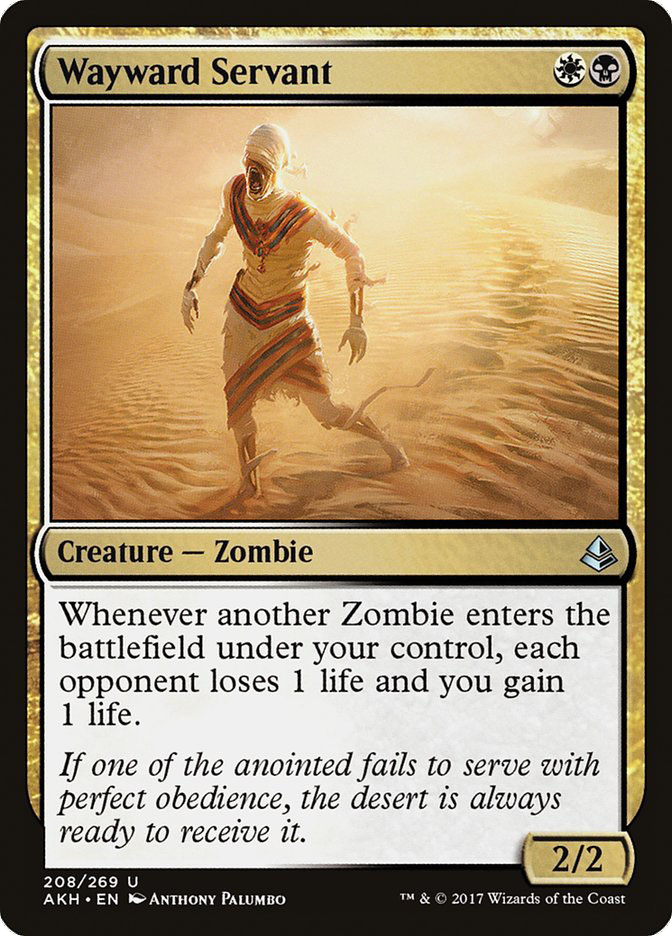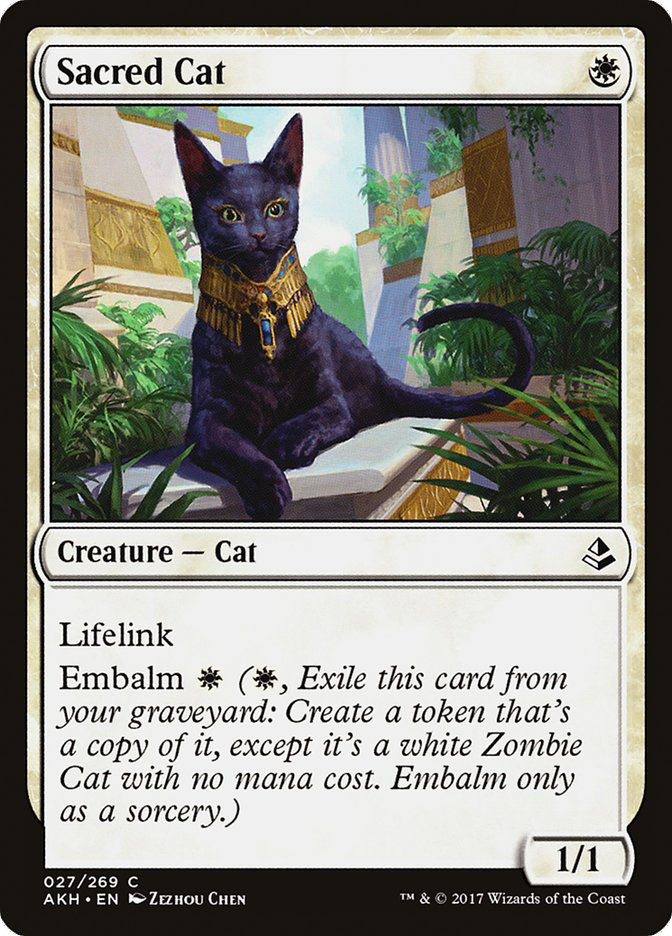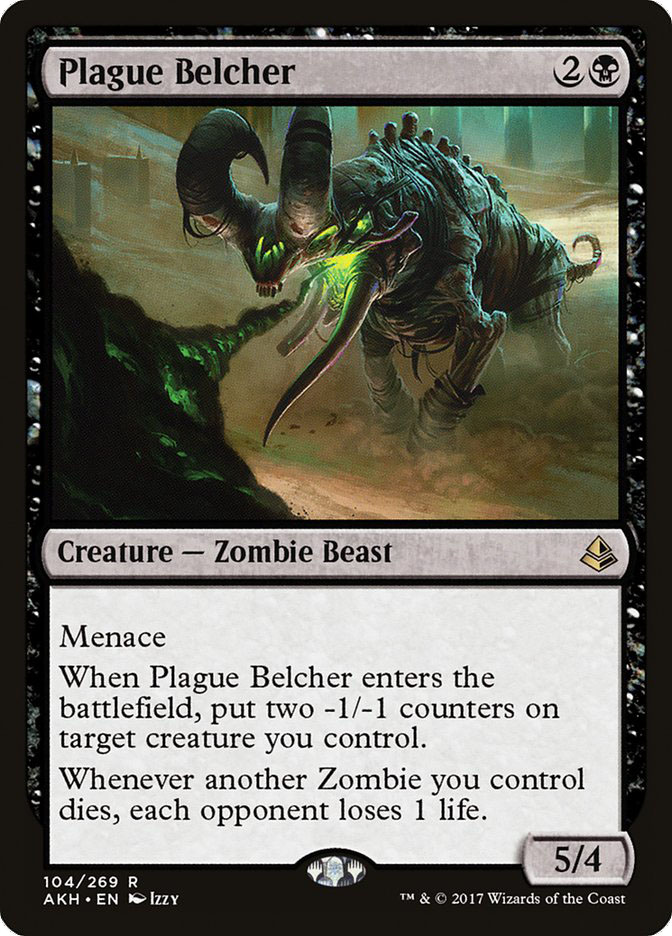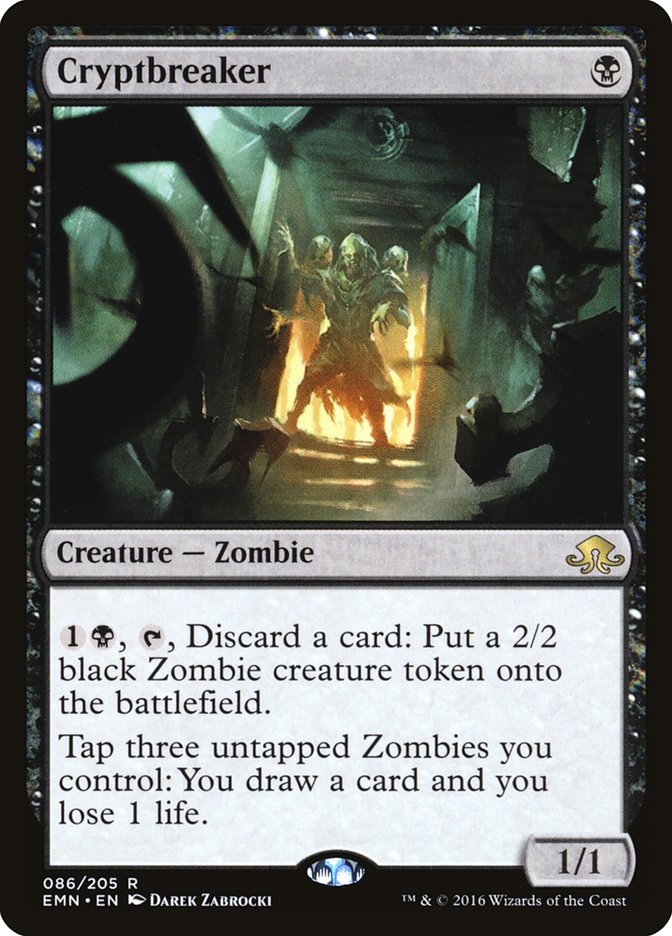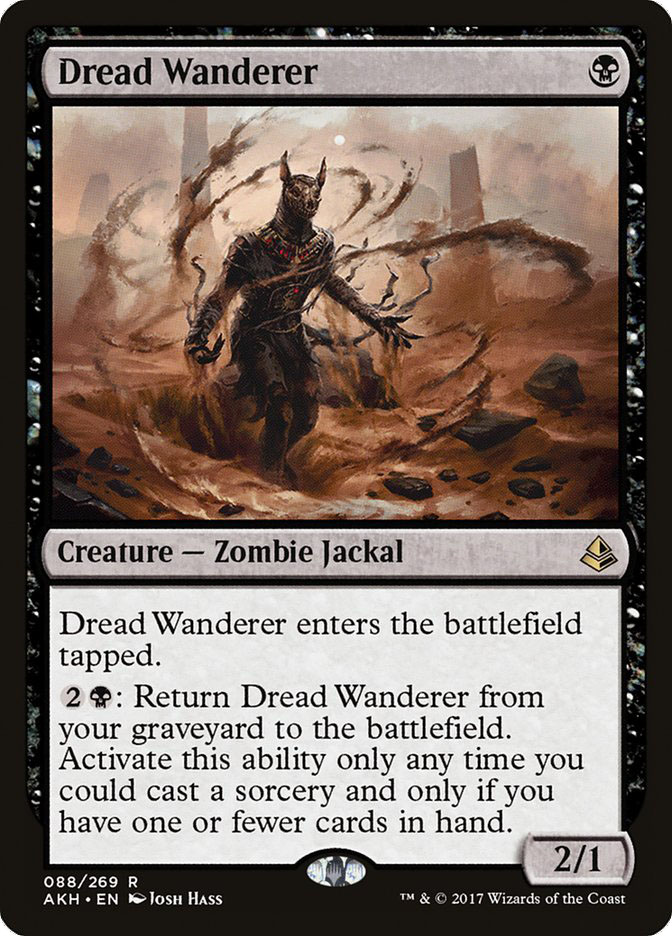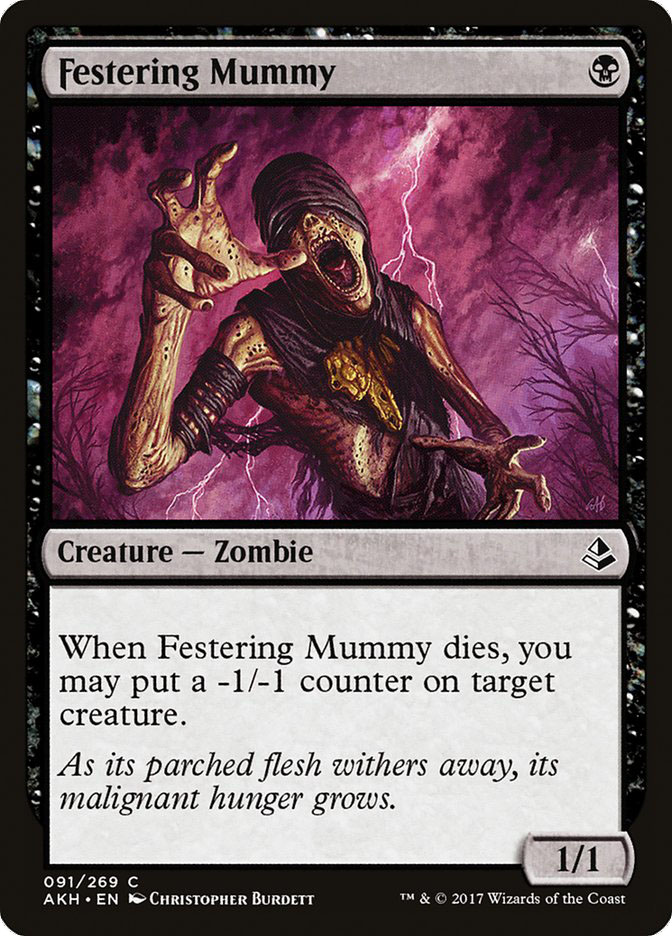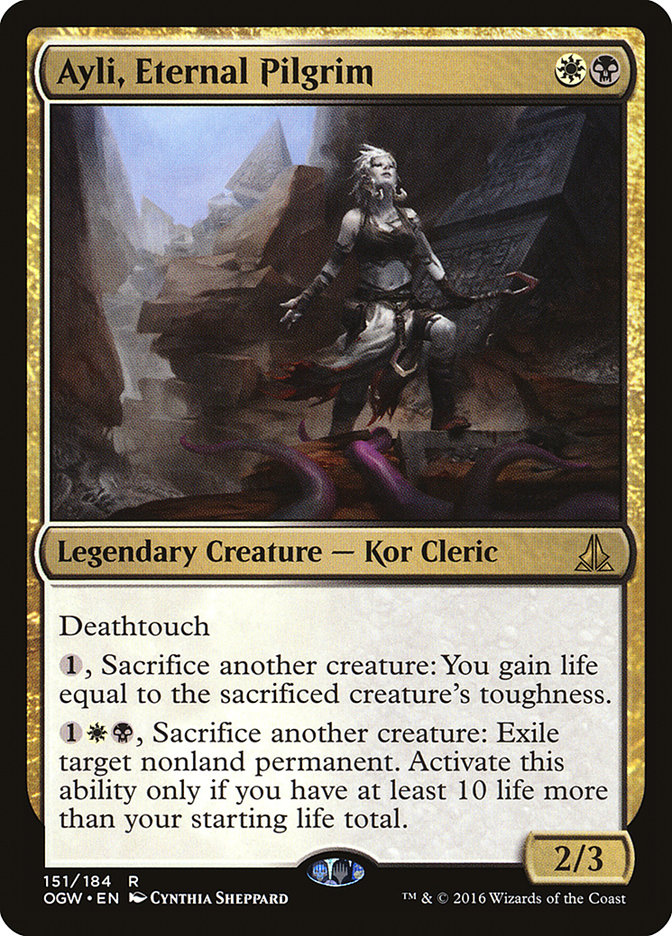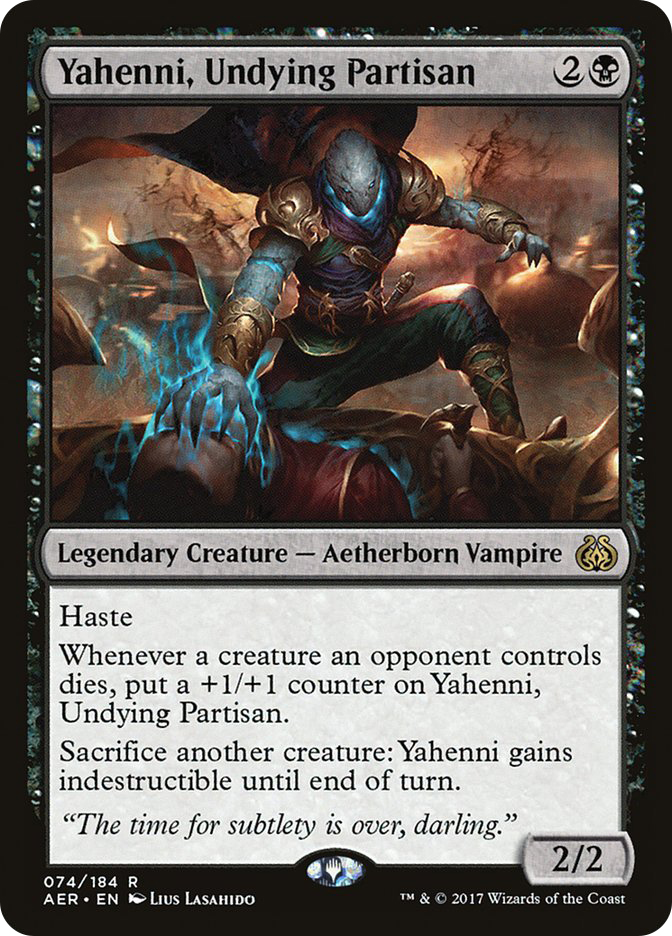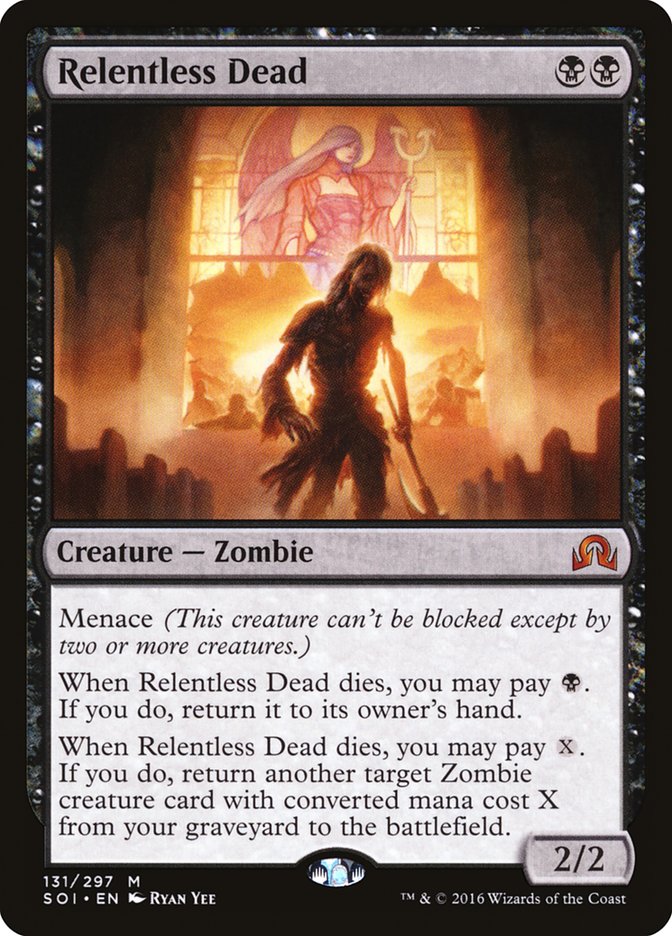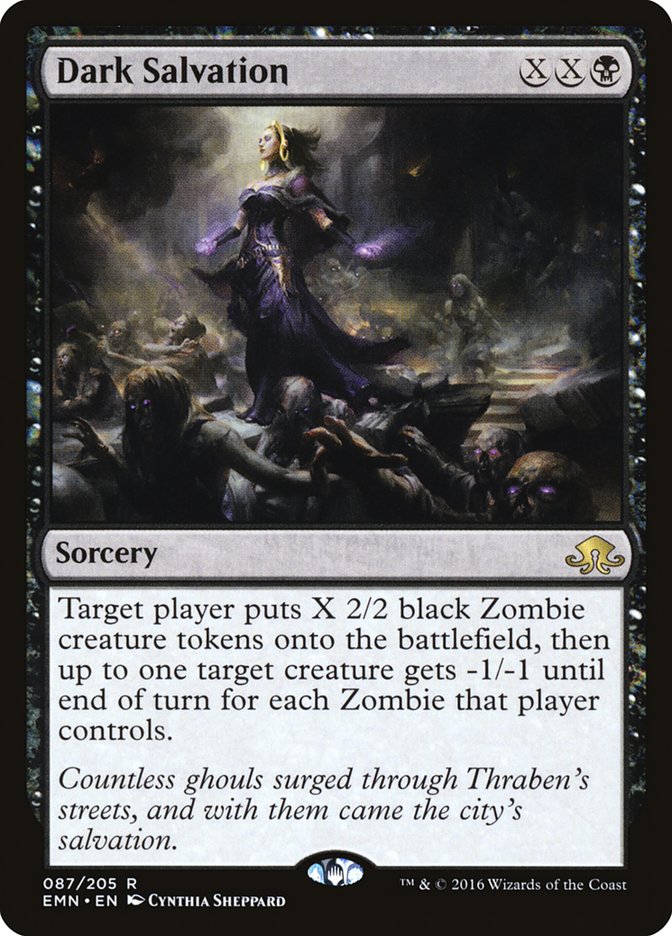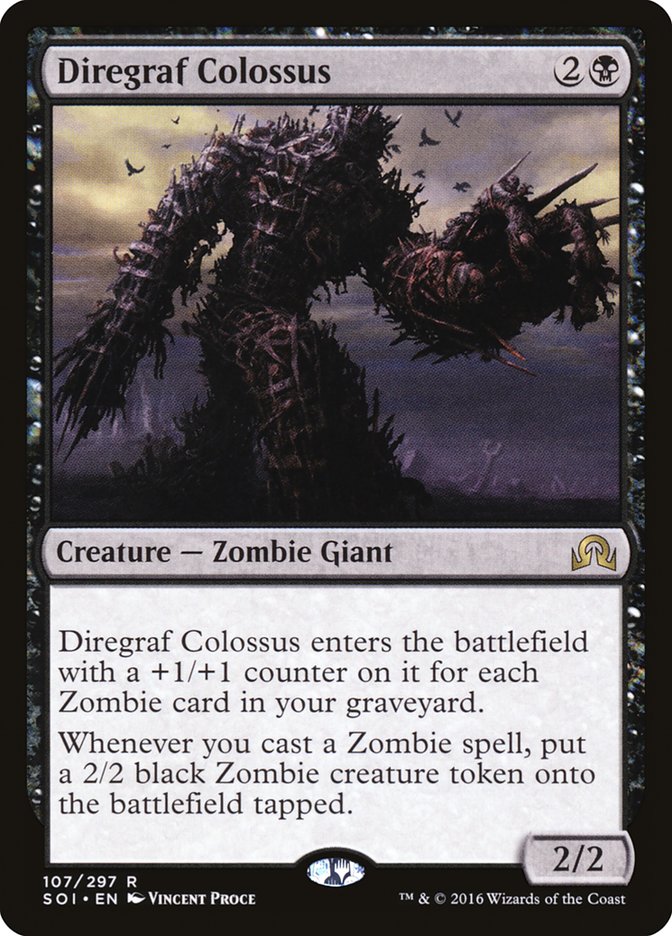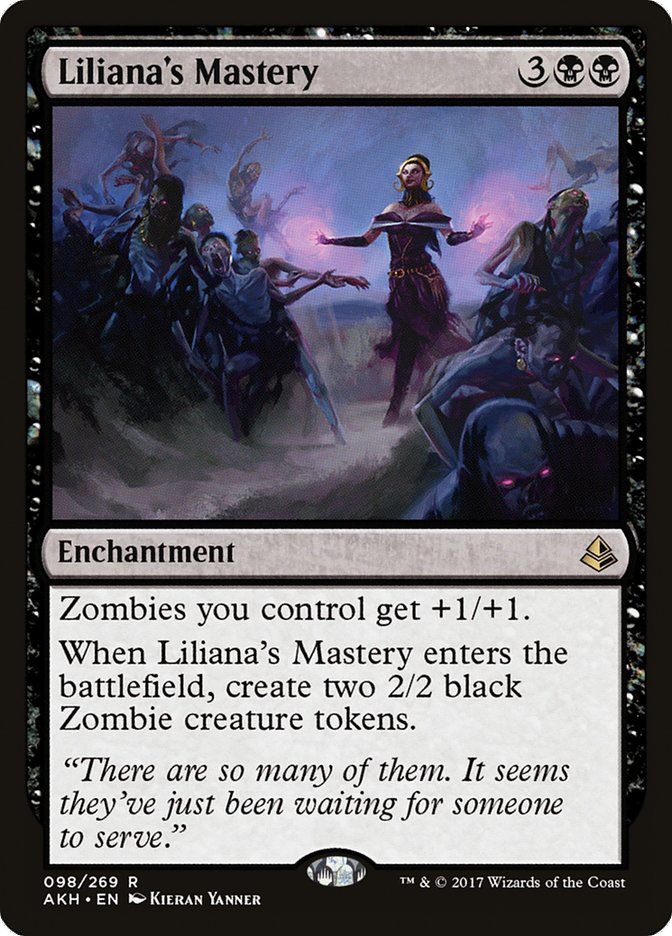This is perhaps one of the oddest new set release seasons of all time.
Standard has been a complete disaster for months, with the first wave of bannings in years giving way to a two-deck format based around a design-mistake-induced two-card combo and an oppressively powerful planeswalker. Some might even argue that the introduction of Feldar Guardian into Standard has made this format even worse than it was before Emrakul, the Promised End and friends were banned.
As such, Standard tournament attendance is way down, and Standard FNMs are struggling to get enough players while other formats thrive. The cost of banning cards in Standard is twofold; not only is it extremely damaging to more casual players to have their deck/cards no longer be playable, it also kills the stability and confidence one can have in future decks. How can a player justify buying into a two-deck format when either deck is likely to be banned? How can a player get excited about building new decks with a new set when they don’t even know what cards will be legal?
As such, despite Amonkhet looking like a pretty sweet set, it feels like it has a much lower general excitement level than most set releases.
To that I say, “Forget all that noise; let’s build some decks!”
We can’t control what will or won’t be banned, but we can have some fun and explore all that Amonkhet has to offer. Let’s build our decks now and sort out the details later once the new Banned List is revealed next Monday. We’re going to start with just maindecks, as it is impossible to know what the format will look like and what cards will even be legal.
First up is an updated version of a very old-school beatdown deck with a peculiar name. If you wonder why decknames are more regulated now, this is a great case.
Creatures (16)
Lands (24)
Spells (20)

This decklist has to bring a nostalgic tear to one’s eye. 24 lands and nine four-ofs? Oh, what a simpler time it was.
The real reasons we are revisiting this strategy are Honored Hydra and Flameblade Adept.
Honored Hydra is a fantastic update to Roar of the Wurm, one of the most powerful threats when it was a legal Standard card. Honored Hydra is better than Roar of the Wurm in almost every aspect; it’s not hard to see why giving trample to your 6/6 is a huge upgrade, but reducing the front-side cost from seven to six is a huge improvement when it comes to actually casting the card in the mid- to late-game or if you are flooding on lands at all. Considering it is often discarded for value, Honored Hydra will often feel like a cantrip, and a four-mana 6/6 trampler that cantrips is quite the value.
Good one-drops have been pretty absent from Standard if you aren’t playing white, but Flameblade Adept is quite the little package for only one mana. Menace makes it ideal for getting in chip-shot damage early in the game, and every time you discard a card to one of your various discard effects, you are getting a very good rate. In conjunction if Noose Constrictor, your opponent has to respect the fact that they could be facing a barrage of damage from nowhere if you discard your whole hand, and that’s a lot of power from a one-drop.
Creatures (28)
- 4 Incorrigible Youths
- 4 Insolent Neonate
- 2 Stromkirk Occultist
- 4 Noose Constrictor
- 4 Scrapheap Scrounger
- 4 Flameblade Adept
- 4 Honored Hydra
- 2 Bloodrage Brawler
Lands (23)
Spells (9)

Let’s break the deck down into its component parts.
First we have our ten mana-free discard enablers. These cards provide us with a ton of value with our madness spells and also help to get Scrapheap Scrounger and Honored Hydra into the graveyard for more value. Straight-up, they are all fine cards, with Insolent Neonate getting in some early chip-shot damage and Wild Mongrel, I mean Noose Constrictor, being one of the most important cards in the deck. Noose Constrictor is tough to kill, represents a huge amount of damage if left unanswered, and turns on all of your madness cards at maximum efficiency.
Key to the City is another key to the deck, and the synergy between Key to the City and Honored Hydra is undeniable. It doesn’t take many attacks from an unblockable 6/6 to end a game. Incorrigible Youths and Noose Constrictor are also fine targets, as is Stromkirk Occultist.
Lightning Axe and Bloodrage Brawler are our other discard outlets, and while they are not as efficient as the free ones, they still provide good rates and help to get Scrapheap Scrounger and Honored Hydra into the graveyard with consistency.
Matching up with our discard outlets are our ten madness cards. Fiery Temper has already proven itself as the best madness card in the format, but Incorrigible Youths and Stromkirk Occultist never really found a home. Three mana for a 4/3 with haste is quite the rate, and Stromkirk Occultist can provide us a little bit of card advantage later in the game with its trigger. Any time you are discarding a madness card for value and casting it, the advantage is fantastic, and the payoff for your madness cards is pretty good.
We’ve already waxed poetic about Honored Hydra, and Scrapheap Scrounger needs no introduction. Already a reasonable play on two mana at face value, Scrapheap Scrounger has a ton of value as a discard tool, and we are splashing the black activation for it pretty much for free off playsets of Foreboding Ruins and Blooming Marsh.
With the introduction of Sheltered Thicket and its basic land types, we can explore a manabase built around Shadow lands. Aside from the four Blooming Marsh in the deck, every land taps for red mana, and twelve green sources support the light green component of the deck. The eight black sources are almost free, and seven Mountains plus the four Sheltered Thickets give us eleven total lands to reveal to our Shadow lands. This feels like enough but may need to be raised a bit.
Eight one-drops, ten two-drops, burn spells, big bodies, and reach: Frog in a Blender 2k17 Jund Aggro looks a solid aggressive choice for Week 1 of Amonket Standard.
Up next…
Zombies!
Amonkhet offers us a bunch of new and interesting Zombies, and there are a ton of ways you can take the deck.
B/U Zombies has been a successful deck before, and the Haunted Dead / Prized Amalgam interaction is still quite powerful. The deck suffered from inconsistency, however, and was reliant on seeing at least one or two Prized Amalgams in its top fifteen cards. Compelling Deterrence is powerful but hasn’t really found a home, and counterspells out of the sideboard are always great for an aggressive deck.
B/R Zombies was another deck that occasionally made the rounds in previous formats, but it was even more reliant on finding Prized Amalgam. With two Prized Amalgams in its top ten cards, the deck could probably beat some Modern decks; without any Prized Amalgams in its top twenty cards, the deck would struggle to beat some Limited decks. Wildly inconsistent, the deck was a Prized Amalgam deck first and a Zombie deck second.
Amonkhet brings us mummies, which add white to the list of possible colors to pair with the usual black Zombie cards. The most exciting of these is Wayward Servant, which will put a constant strain on your opponent’s life total as long as you can keep the Zombies coming. This drain, combined with the drain of Plague Belcher, gives a B/W Zombies deck a lot of reach if you have some sacrifice outlets.
Creatures (30)
- 3 Ayli, Eternal Pilgrim
- 2 Relentless Dead
- 4 Cryptbreaker
- 2 Yahenni, Undying Partisan
- 4 Sacred Cat
- 4 Plague Belcher
- 4 Dread Wanderer
- 4 Wayward Servant
- 3 Festering Mummy
Planeswalkers (2)
Lands (21)
Spells (6)

While most other Zombie-themed decks were essentially Prized Amalgam decks, this deck is a Cryptbreaker deck through and through.
With fifteen one-drops, odds are your Cryptbreaker can start drawing extra cards as early as turn 2, and because the combat step is not required for killing your opponent, Cryptbreaker becomes even more effective, as you can tap your creatures to draw cards rather than attack with them.
All of the new one-drops are from Amonkhet, and they are all from the Aristocrats-value playbook. Dread Wanderer and Sacred Cat can both get in for some early damage, but more importantly they provide multiple bodies for a very low cost. Festering Mummy is one of your best cards in conjunction with Plague Belcher, and a good little value card as well.
Speaking of Plague Belcher, it and Wayward Servant really give this deck legs over its prior incarnations. Both allow the deck to deal a lot of damage without even getting into combat, giving it a ton of reach. Plague Belcher is also quite the body; if you are able to off one of your early fodder creatures with the -1/-1 counter trigger, you’ve got a massive 5/4 menace creature for only three mana.
Liliana, the Last Hope is already a great card, but it’s of extra importance in this deck because of how important it is to have the right pieces at the right times. Liliana can help recur your dead copies of Cryptbreaker, Wayward Servant, and Plague Belcher as well as your sacrifice outlets to make sure you can assemble your synergies constantly. And don’t get me started on if you’re ever able to ultimate her.
The other big draw to white is you gain access to Ayli, Eternal Pilgrim. Alyi is a fantastic card, but it has difficulty finding a home. Ayli is right at home here, providing a solid body, lifegain, and most importantly a sacrifice outlet for your Plague Belcher triggers. Yahenni, Undying Partisan provides you with a similar effect for no mana cost and can sacrifice your entire team for the big final drain.
There’s no denying Westvale Abbey is a powerful card, but it is sometimes risky to activate in the face of removal. Thankfully, just having the ability to sacrifice five creatures all at once in this deck might actually be all you need with your Plague Belcher triggers.
Relentless Dead is often nothing more than a Grizzly Bear, but because your mana curve is so low, it’s nice to have a card you can do sacrifice loops with in the mid-game for some card advantage. The card’s floor of a 2/2 menace Zombie is tolerable enough.
Dark Salvation is also much better than it was previously because of how low to the ground this deck’s mana curve is. It can be cast on for three or even one mana with regularity and provides a powerful mana sink later in the game that works great with Wayward Servant. Last, this is also a great Fatal Push deck. There’s no doubting that Fatal Push is a fantastic card at face value, but when you add in all the sacrifice effects, it gets even better.
Two notable omissions are Diregraf Colossus and the new Liliana’s Mastery. Diregraf Colossus looks great on the surface, but too many things have to go right for it to be good. Dark Salvation, the embalm on Sanctuary Cat, the recursion on Dread Wanderer, and our non-Zombie creatures don’t even trigger it, and it just doesn’t seem good enough. Liliana’s Mastery seems great, but it’s in direct competition with Dark Salvation for great five-mana plays. With the deck’s low mana curve, it just doesn’t make the cut.
Cryptbreaker is a phenomenal Magic card, and this deck is able to make maximum use of it with its overabundance of cheap Zombies and its lifegain.
We’ve barely scratched the surface of all the things I’m excited to try with Amonkhet, but it’s clear that I’m very interested in synergy-based decks. These decks are both more than the sums of their parts, and cards working together for an overall purpose is what I love most about Magic deck design. What’s also kinda cool is that both of these decks seem pretty cheap to build. There are a lot of commons and uncommons and only a few mythics in each deck.
Will Gideon, Ally of Zendikar or Saheeli Rai get the axe next Monday?
I’m not sure, but until then, I’m going to keep brewing sweet ideas for SCG Atlanta!


